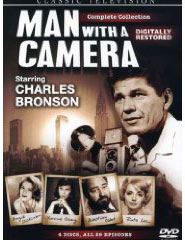
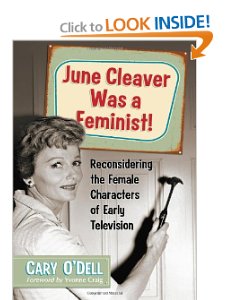


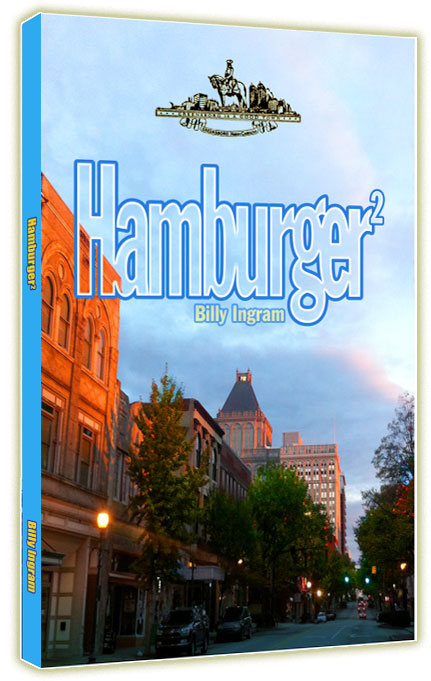


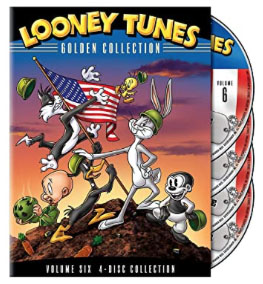
 |
 |
 |
 |
 |
 |
 |
 |
| |
|||||||
THE SEARCH FOR THE SOLO FEMALE LEADBy Cary O'Dell The (one-would-think) simple question of “What actress was the very first to helm her own dramatic TV series?” isn’t as simple as it sounds. It is one that—like many in TV—gets very tangled very quickly.
Via “The O’Neils” then, Allen can lay claim to various feminist TV firsts—network TV’s first leading woman in a primetime drama, network TV’s first working woman, network TV’s first working mother, and network TV’s first single mother! “O’Neils” ran from September 1949 to January of 1950. After that, though, women as the solo lead in a drama would be a bit few and far between. Oh, of course, women figured in some dramatic programs—like the newspaper drama “Big Town”—but they were always part of an ensemble, not really front and center.
This half-hour detective drama aired on DuMont from August to November 1951. The series marks Wong as not only as TV’s first female detective but also the first Asian-American star, male or female, to helm their own American TV series.
At this time, if the big networks weren’t really providing women with any enduring dramatic programs, first-run syndication was. And often these women were some of the most heroic that TV have ever seen!
It starred Shirl Conway as head nurse Liz Thorpe and Zina Bethune, as her young charge, Nurse Gail Lucas. (It was a character dynamic that would be largely replicated in the Showtime series “Nurse Jackie” several decades later.) “The Nurses” worked at the fictional Alden Hospital. “The Nurses” was critically acclaimed…and poorly rated. Still it was on the air—over CBS—from 1962 to 1965.
NOW… for those that insist that “TV drama” has to mean one-full hour in length and on network primetime (and if you overlook “The Nurses”), then the actress who can claim to being the first star of her own solo-starring hour-long, network primetime vehicle is none other than…Stefanie Powers.
Interestingly, in the 1970s, not long after the eruption of the second wave of modern feminism, the TV networks did decide it was time to feature more women, alone and in the foreground, headlining their own hour-long, primetime drama series. If it is rather surprising that Stefanie Powers was TV first hour-long solo heroine, it might be even more surprising that its second was an African-American woman.
Angie Dickinson arrived in “Police Woman” only two days after “Christie” did, when the Dickinson series debuted on September 13, 1974. Still, “Police Woman” would last much longer. “Woman” went on for four seasons; “Christie” expired after just one. (By the way, TV’s first full-time TV cop in a co-lead role was probably Peggy Lipton as one third of the “The Mod Squad”; it aired 1968-1973.) But Angie and Teresa weren’t the only ladies on the police force in primetime in 1974. That same year, Jessica Walters debuted in a spinoff of “Ironside.” Walters played “Amy Prentiss,” the newly-appointed chief of detectives for the San Francisco PD, and the first woman in the job. Walters would go on to win an Emmy for her work on the series but the series’ run was brief: it aired only three episodes between December 1974 and February 1975.
If certain women of the law weren’t clicking with viewers, the networks then tried going, quite literally, old school. In February 1976, Brenda Vaccaro debuted as single school teacher in “Sara.” The show was a Western; it was set in Colorado in the 1870s. Like “Amy” and “Kate,” though, “Sara” wasn’t a hit. It aired only from February through May of ’76. Far more successful, of course, were some other female-focused shows (all also one-hour in length) that exploded on the airwaves in the mid-1970s.
“The Bionic Woman” began in January 1976. “Bionic” was a spin-off the “The Six Million Dollar Man.” (Note, interestingly, the number of these series—“UNCLE” to “Amy”—that have a male series “parent.”) Helped by Lindsay Wagner’s deeply humanistic performance, “Bionic Woman” was a hit and aired until 1978. Then there of course there was “Charlie’s Angels,” where we got three female leads instead of just one. After a March of 1975 pilot movie, the “Angels” series began proper on September 22, 1976 and became a controversial phenomenon, one that, today, manages to be both beloved and still hotly debated. The show would undergo a variety of well-publicized cast changes but would remain on the air until 1981. (And, of course, see itself often resurrected on both TV and in film.) Why some of these female-centered network dramas succeeded and others perished quickly seems—not even in retrospect—sort of obvious. When these female-focused series (especially those in the 1970s) mixed their elements of intrigue and action-adventure with elements of, well, sex via the glamourous images of their leading ladies (Lynda Carter, all of the “Angels”), the shows were hits. When the series played as straight drama, they were flops. There was once a long-held maxim of the TV industry (one with, perhaps, more than a grain of truth to it) that, back when most households had only one TV (and families were a little more traditional), mom controlled the dial during the day, the kids controlled it in the late afternoon and early evening and dad had it in primetime. Does this explain then why hard-boiled cops and PI’s as well as dusty Westerns were so dominate on the small screen for so long? It certainly seems explains why “Wonder Woman” or “Charlie’s Angels” could find a cross-sectional appeal among both male and female audiences, even very often right in the same households. It might go on to explain why, too, other late 1970s and early 1980s attempts to launch other female-centered dramas like “Julie Farr, MD,” in 1978, “Dear Detective” (again with Brenda Vacarro) and “Kate Loves a Mystery,” both in 1979, and “Jessica Novak” in 1981 also endured for only alarmingly short runs. Though not exactly at the turn of the decade, the 1980s and later, the 1990s, brought women into their own with hour-long drama series where they were not only front and center but also…successful! Think: “Murder, She Wrote” and “Cagney & Lacey.” Later, consider “Dr. Quinn.” And, back in the world of first-run syndication, remember “Xena.” But these latter ladies owe some of their success to those who—though perhaps short-lived—nevertheless paved the way for them, thanks to the determination of the often misrepresented, misunderstood one-time “big three” networks and a few dedicated viewers who, like the women they were watching, never gave up. |
Amazon Prime - unlimited streaming PR4 & PR5 Pages for Advertising
|
 |
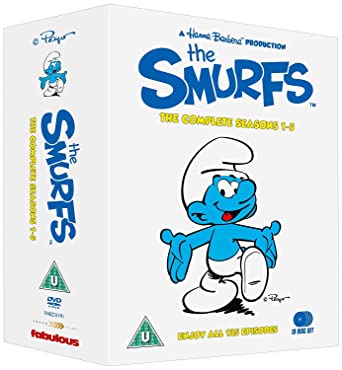 |
 |
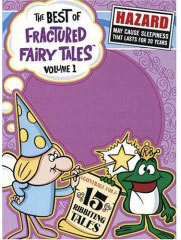 |
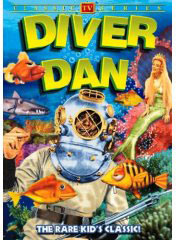 |
 |
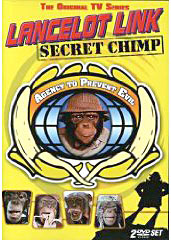 |
|
|
||||||||||
 |